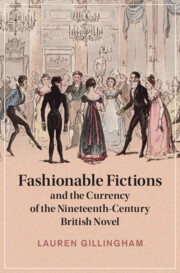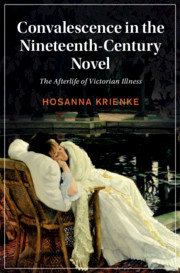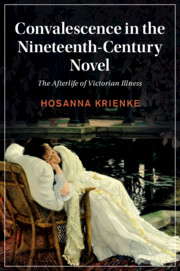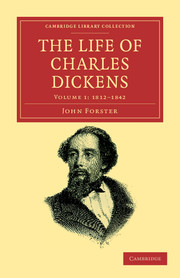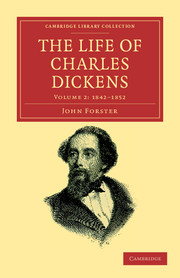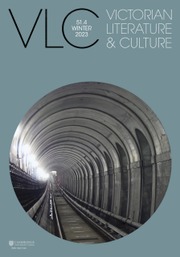Fashionable Fictions and the Currency of the Nineteenth-Century British Novel
Revealing how a modern notion of fashion helped to transform the novel and its representation of social change and individual and collective life in nineteenth-century Britain, Lauren Gillingham offers a revisionist history of the novel. With particular attention to the fiction of the 1820s through 1840s, this study focuses on novels that use fashion's idiom of currency and obsolescence to link narrative form to a heightened sense of the present and the visibility of public life. It contends that novelists steeped their fiction in date-stamped matters of dress, manners, and media sensations to articulate a sense of history as unfolding not in epochal change, but in transient issues and interests capturing the public's imagination. Reading fiction by Mary Shelley, Letitia Landon, Edward Bulwer-Lytton, W. H. Ainsworth, Charles Dickens, Mary Elizabeth Braddon, and others, Fashionable Fictions tells the story of a nineteenth-century genre commitment to contemporaneity that restyles the novel itself.
- Introduces a methodology for theorizing fashion as a form of historical consciousness, helping readers understand the broad cultural significance of fashion, especially in literary history
- Offers a revisionist literary history, showing through fresh readings of both canonical and lesser-known novels how fashionable fiction changed the novel form
- Shows the novel's relationship to media and visual culture, connecting nineteenth-century fiction to the broad cultural and technological developments of its age
Reviews & endorsements
‘To thrilling effect, Fashionable Fictions invites scholars of the novel to take a second look at the unrespectable sub-genres-silver fork novels, Newgate novels, sensation novels-that they generally sideline. Gillingham does more than teach us new things about history, temporality, and fictional character in the nineteenth century. She also helps us appreciate the aspirations to hyper-currency that distinguish the fiction of our own moment.’ Deidre Lynch, Ernest Bernbaum Professor of English Literature, Harvard University
‘Gillingham's fashion-formed, media-centered account of fictional ‘currency' incisively recovers a neglected center of gravity for the long nineteenth-century novel: its underground, media-modern commitment to social capaciousness, strident ephemerality, and new kinds of plots and characters more adequate to the age's intensified ‘feeling of the present.' A substantive, compelling history of the novel for the social media moment we live in now.' Timothy Campbell, Associate Professor of English, University of Chicago
‘… offers readers a trip through familiar terrain - the development of the nineteenth-century novel - guided by Gillingham’s fresh and finely-honed argument about the temporality of fashion and its influence on the genre.’ Cheryl A. Wilson, Victorian Studies
Product details
May 2023Hardback
9781009296564
295 pages
235 × 158 × 23 mm
0.61kg
Available
Table of Contents
- Introduction: Fashion and Its Vicissitudes: Contingency, Temporality, Narrative
- I. The Silver-Fork Novel and the Transient World:
- 1. 'All this phantasmagoria': Landon, Shelley, and the Texture of Contemporary Life
- 2. Picaresque Movements: Pelham, Cecil, and the Rejection of Bildung
- II: Demotic Celebrities:
- 3. Spectacular Objects: Criminal Celebrity and the Newgate School
- 4. After Criminality: Dickens and the Celebrity of Everyday Life
- III. Hypercurrency and the Sensation Novel:
- 5. Affective Distance and the Temporality of Sensation Fiction
- Coda: Fiction and Fashion Now.

